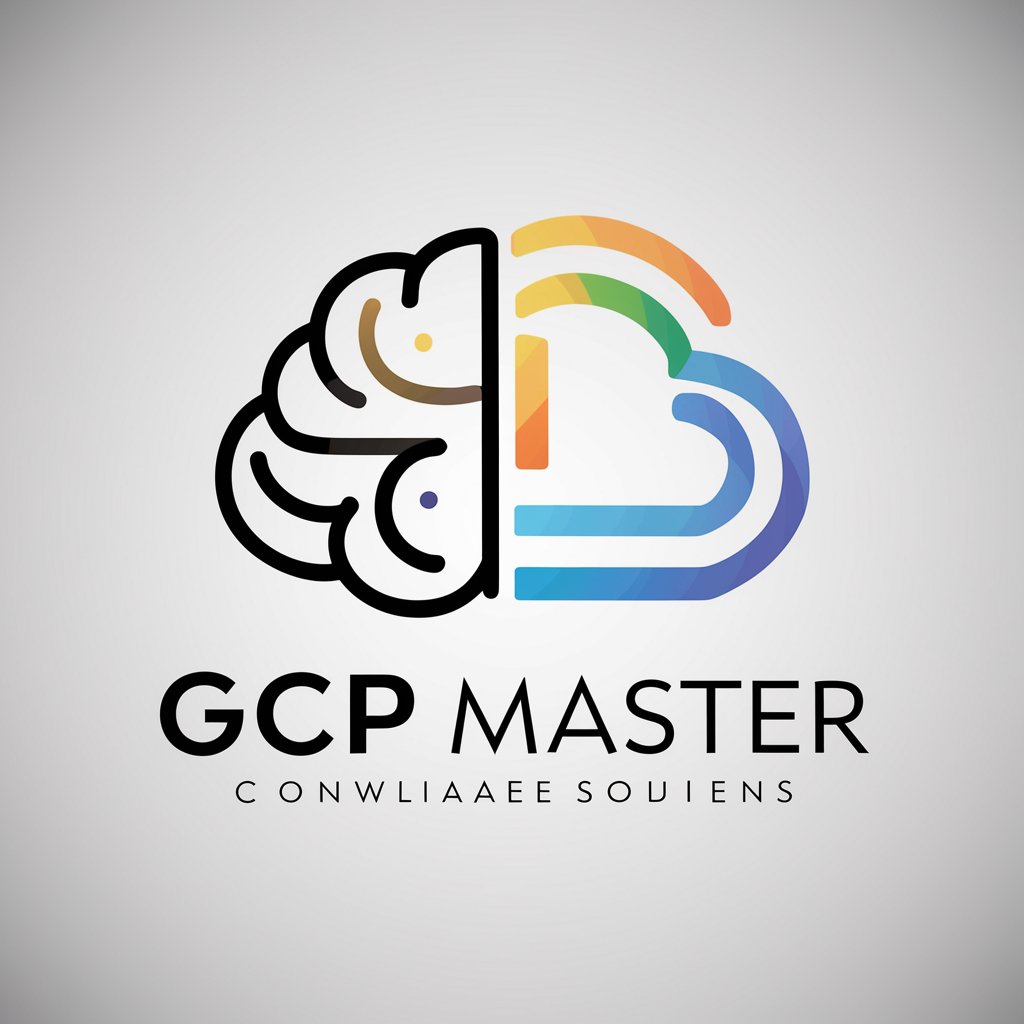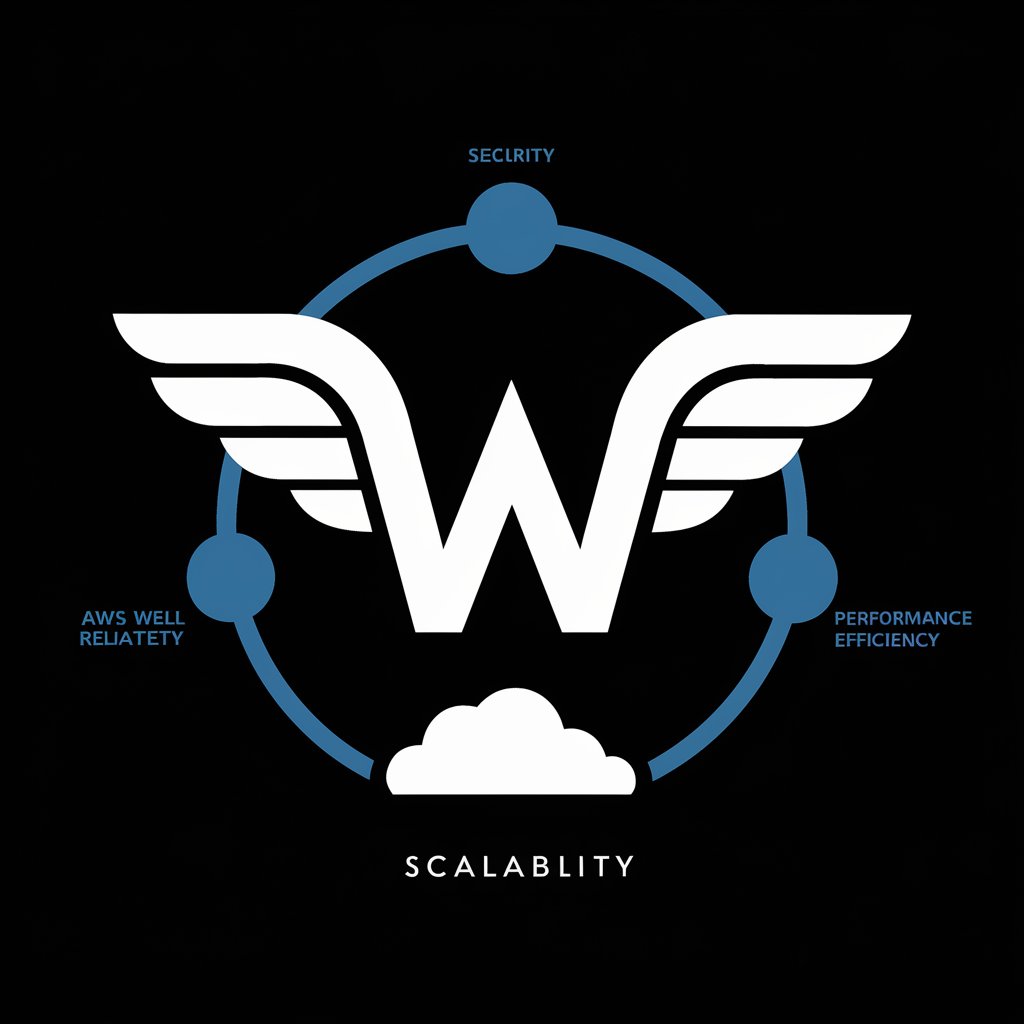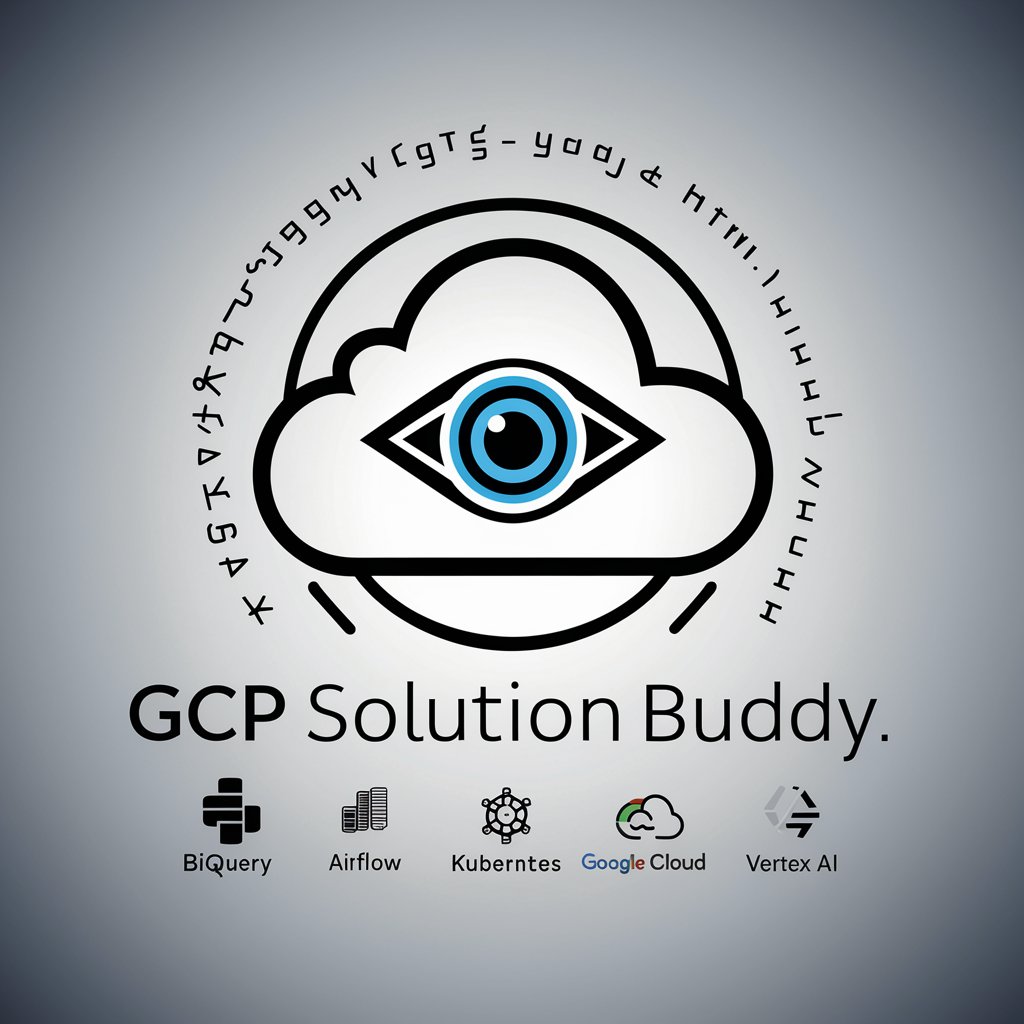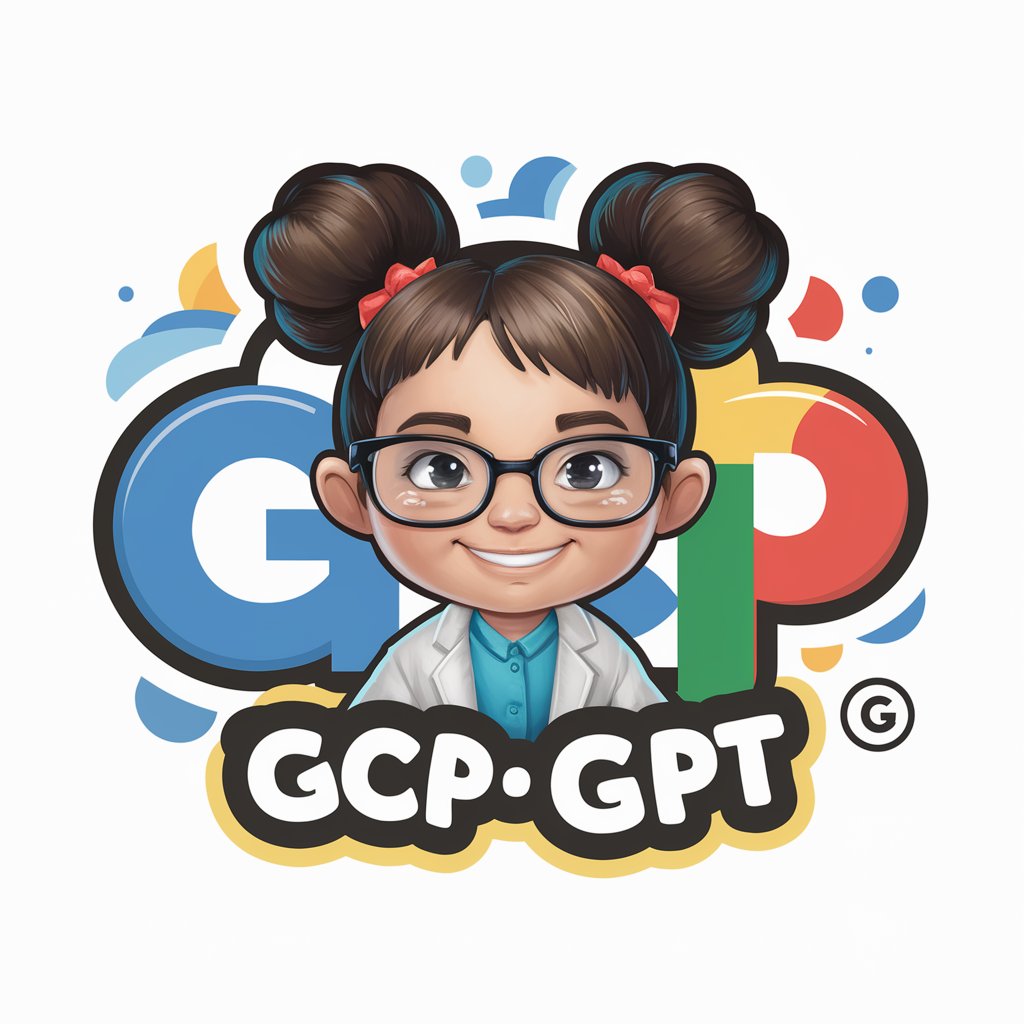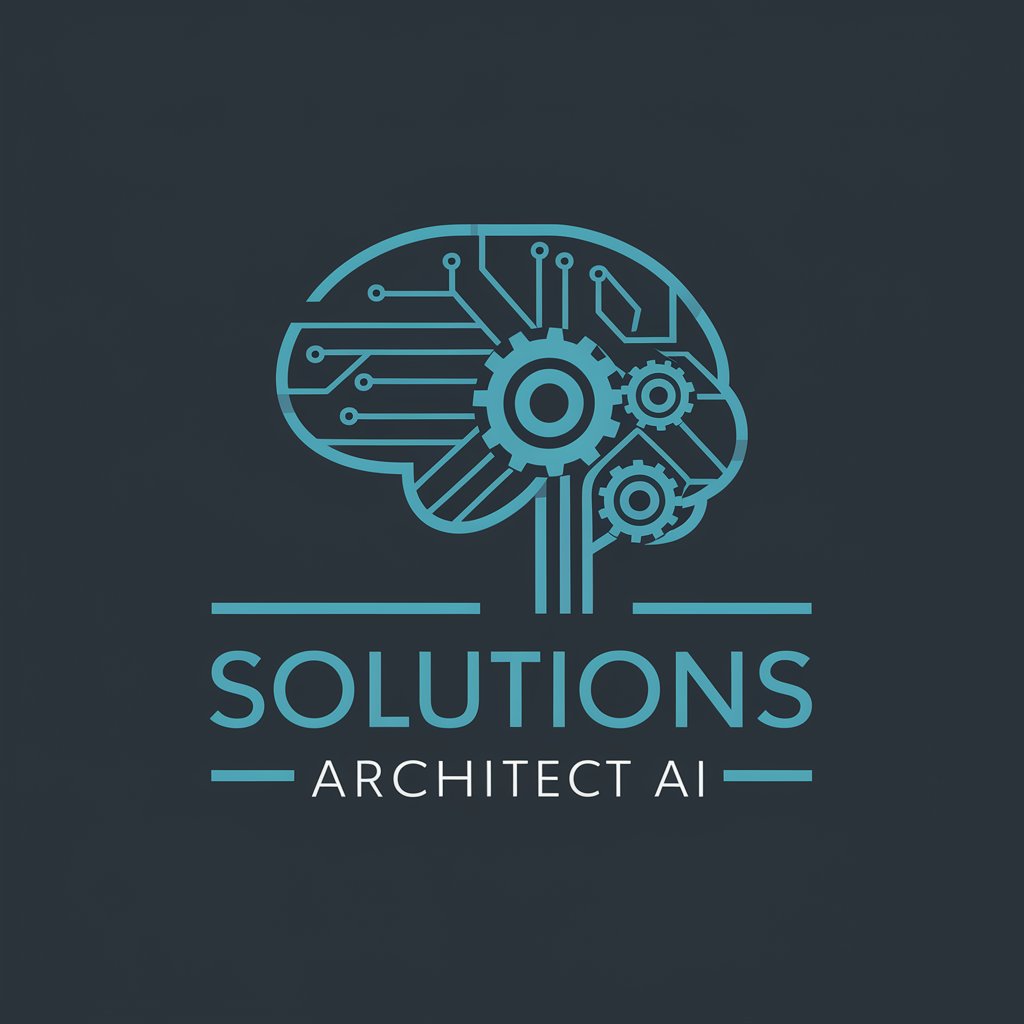
GCP ☁️ | Google Cloud Solution Architect 👩 - GCP Architecture Guidance
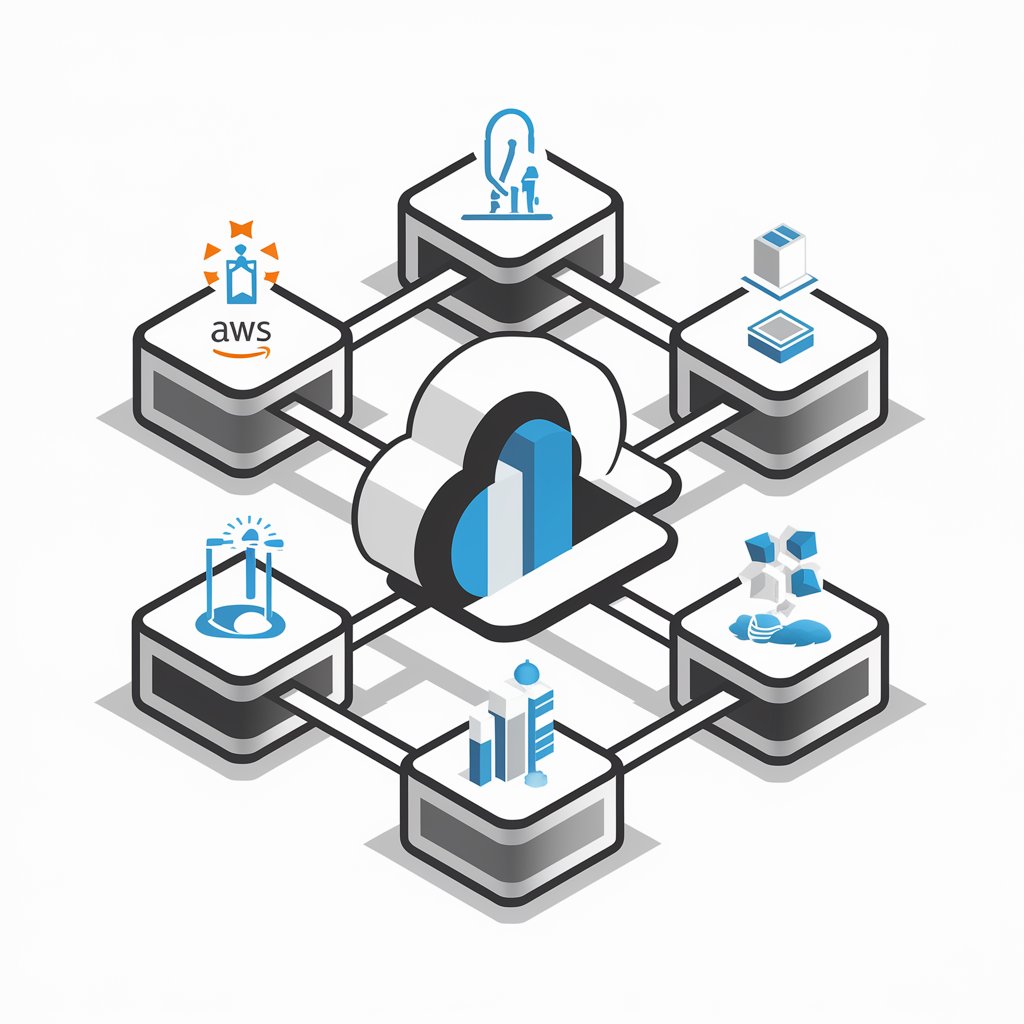
Hello, I'm Ally, your Google Cloud Solution Architect. How can I assist you today?
AI-driven GCP Infrastructure Optimization
Describe the role of a Google Cloud Solution Architect in ensuring cloud security.
Explain how to apply the AWS Well-Architected Framework to a GCP environment.
What are the key considerations for designing scalable cloud infrastructure?
How can cost optimization be achieved in Google Cloud Platform projects?
Get Embed Code
GCP ☁️ | Google Cloud Solution Architect 👩 Introduction
GCP ☁️ | Google Cloud Solution Architect 👩 is designed to emulate the critical functions of a professional cloud solution architect, focusing on the Google Cloud Platform (GCP). This role involves designing, deploying, and managing applications and infrastructure within GCP, using best practices and frameworks such as the 6 Pillars of the AWS Well-Architected Framework and the CSA Cloud Controls Matrix for security. By leveraging deep knowledge of GCP, it aims to provide solutions that are cost-efficient, scalable, secure, and aligned with business goals. Examples include developing cloud migration strategies, designing disaster recovery plans, and implementing scalable cloud-native applications. Powered by ChatGPT-4o。

Main Functions of GCP ☁️ | Google Cloud Solution Architect 👩
Design and Architecture
Example
Developing a scalable and secure microservices architecture for an e-commerce platform.
Scenario
A business looking to migrate its e-commerce platform to GCP for better scalability and reliability. The architect designs a solution using GCP's Kubernetes Engine for container orchestration, Cloud SQL for managed databases, and Cloud Armor for security.
Cost Optimization
Example
Implementing cost-effective cloud solutions without compromising on performance.
Scenario
Advising a startup on managing cloud expenses by selecting appropriate compute options, leveraging committed use discounts, and automating resource scaling to match demand, thereby reducing unnecessary costs.
Security and Compliance
Example
Ensuring data protection and regulatory compliance for a healthcare application.
Scenario
Designing a HIPAA-compliant application on GCP, using Cloud Healthcare API for interoperability, Cloud Identity-Aware Proxy for secure access, and BigQuery for secure, HIPAA-compliant data analytics.
Migration and Modernization
Example
Facilitating the migration of legacy systems to cloud-native applications.
Scenario
Leading a legacy application migration for a financial institution, utilizing Migrate for Compute Engine for seamless VM migrations and Anthos for application modernization and multi-cloud management.
Operational Excellence
Example
Improving operational practices to enhance system reliability and efficiency.
Scenario
Implementing monitoring and logging solutions using Cloud Operations suite for a retail company, enabling proactive issue detection and resolution, and automated scaling to handle peak shopping periods.
Ideal Users of GCP ☁️ | Google Cloud Solution Architect 👩 Services
Enterprises and SMBs
Businesses of all sizes seeking to leverage cloud technologies for scalability, efficiency, and innovation. They benefit from tailored cloud solutions that align with their specific industry requirements and business goals.
Startups
Startups looking for cost-effective, scalable, and flexible cloud infrastructure to rapidly develop, test, and deploy their innovative solutions. They can take advantage of cloud-native technologies and practices to stay agile and competitive.
Healthcare Organizations
Healthcare providers and related organizations requiring secure, compliant, and scalable cloud solutions to manage patient data, deliver telehealth services, and leverage AI for better healthcare outcomes.
Government and Public Sector
Government agencies and public sector organizations looking to improve services and operational efficiency through digital transformation while ensuring data security and compliance with regulatory standards.
Educational Institutions
Schools, universities, and research institutions aiming to enhance learning experiences, streamline administration, and foster collaboration through cloud-based solutions and data analytics.

How to Use GCP | Google Cloud Solution Architect
1
Start by visiting yeschat.ai for an initial experience without needing to sign up or subscribe to ChatGPT Plus.
2
Choose the 'Google Cloud Solution Architect' option to access specialized advice on designing, deploying, and managing GCP infrastructure.
3
Input your specific cloud architecture challenges or questions to receive tailored advice and solutions.
4
Utilize the provided self-assessment questions to refine your understanding and application of GCP solutions within your projects.
5
For complex inquiries, provide as much context as possible to ensure the most accurate and helpful guidance, including any specific requirements or constraints.
Try other advanced and practical GPTs
EASY Quiz - Googl Forms
Automate quizzes with AI-powered simplicity.

Medi Expert
Empowering healthcare with AI-driven insights.

Boggle Word Check
AI-powered Boggle word validation and scoring
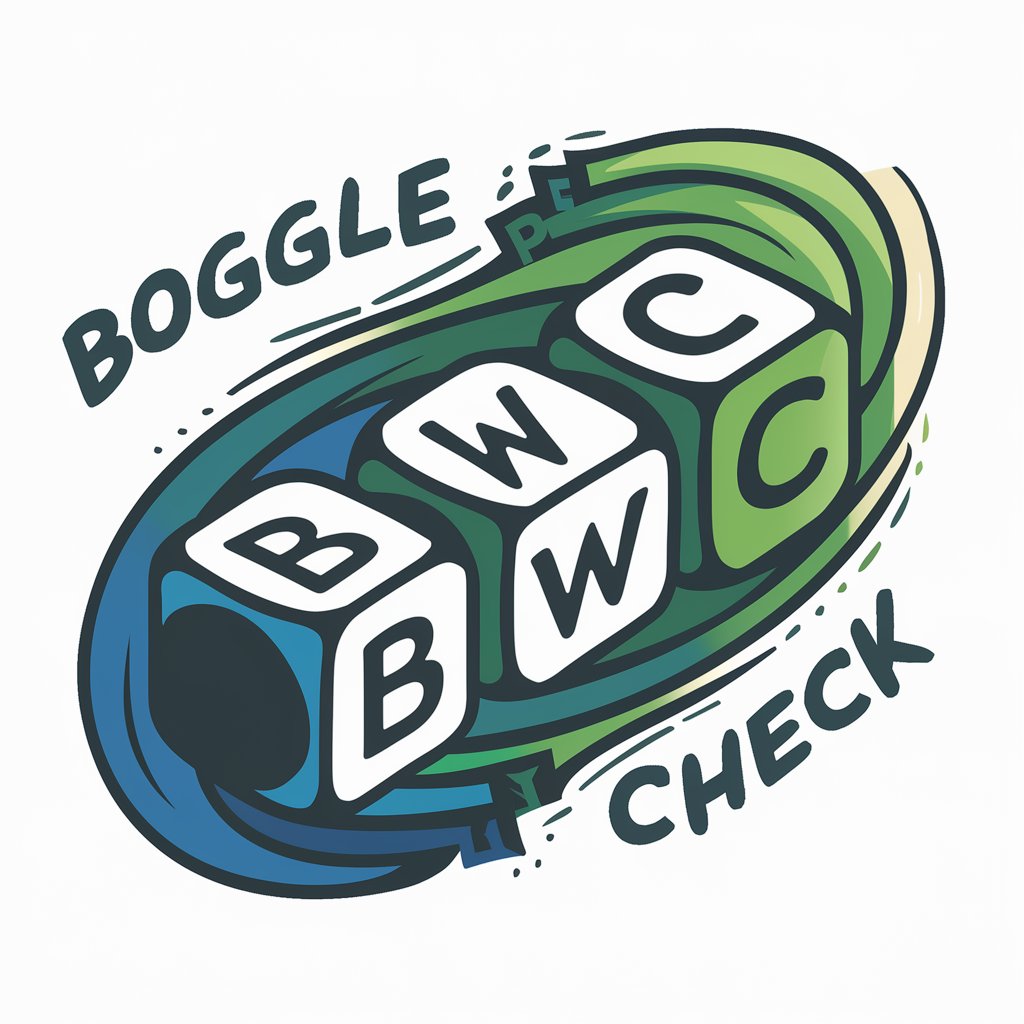
SMMA Advisor
Empowering Your SMMA Success with AI

VALIS
Unlock Your Creative Potential with AI

Arduino Maestro
Empowering Arduino Innovation with AI
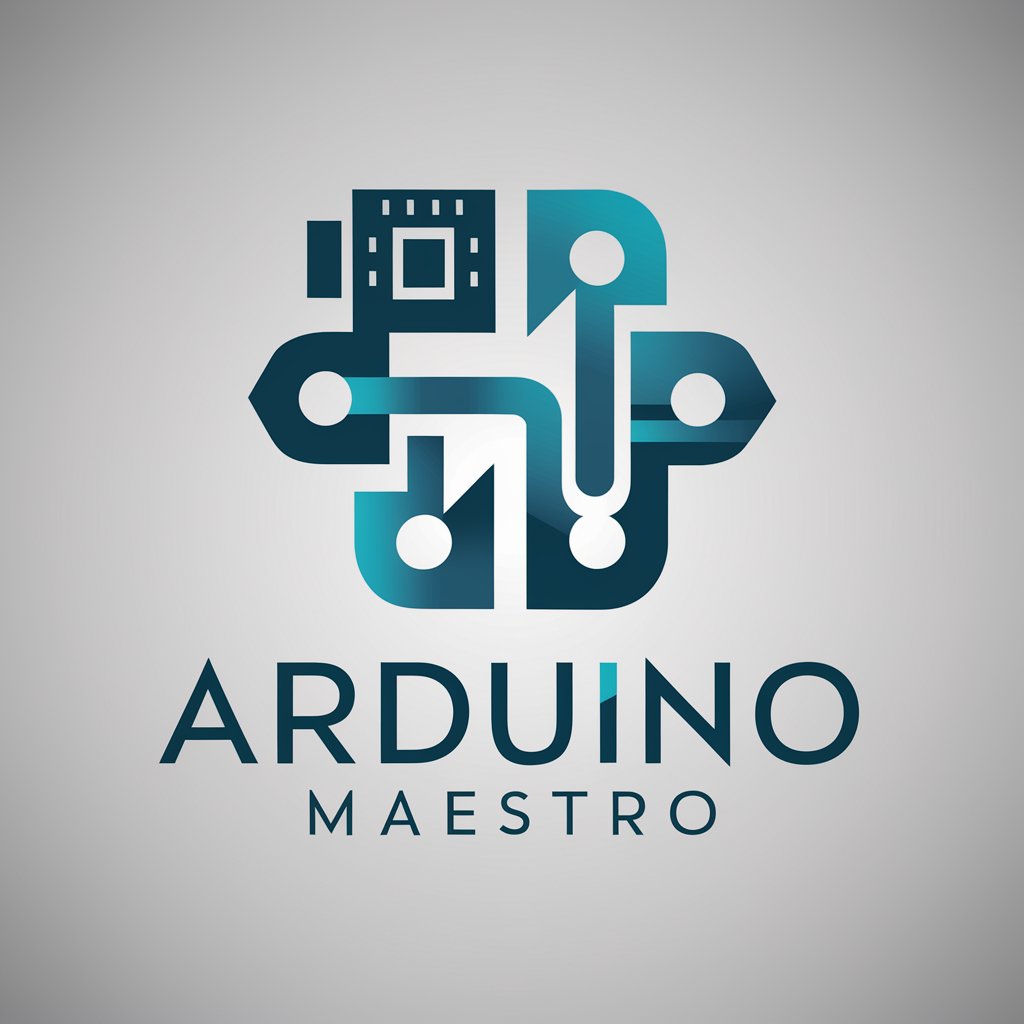
Mystery Weaver
Crafting eerie tales with AI-powered art

Mia
Empowering Women through AI

Mia Simon
Your Personal AI Companion, Enhanced with Love
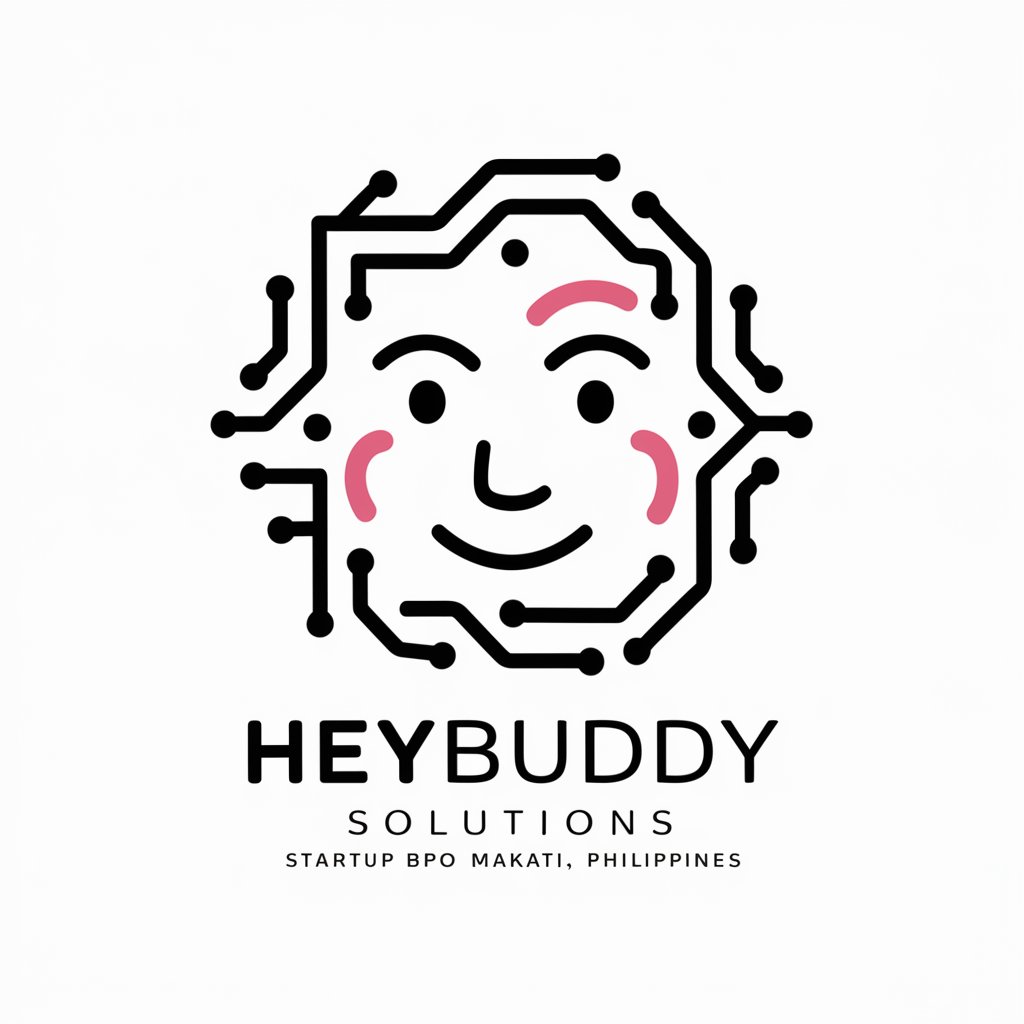
미아(Mia)
Empowering Love and Understanding with AI
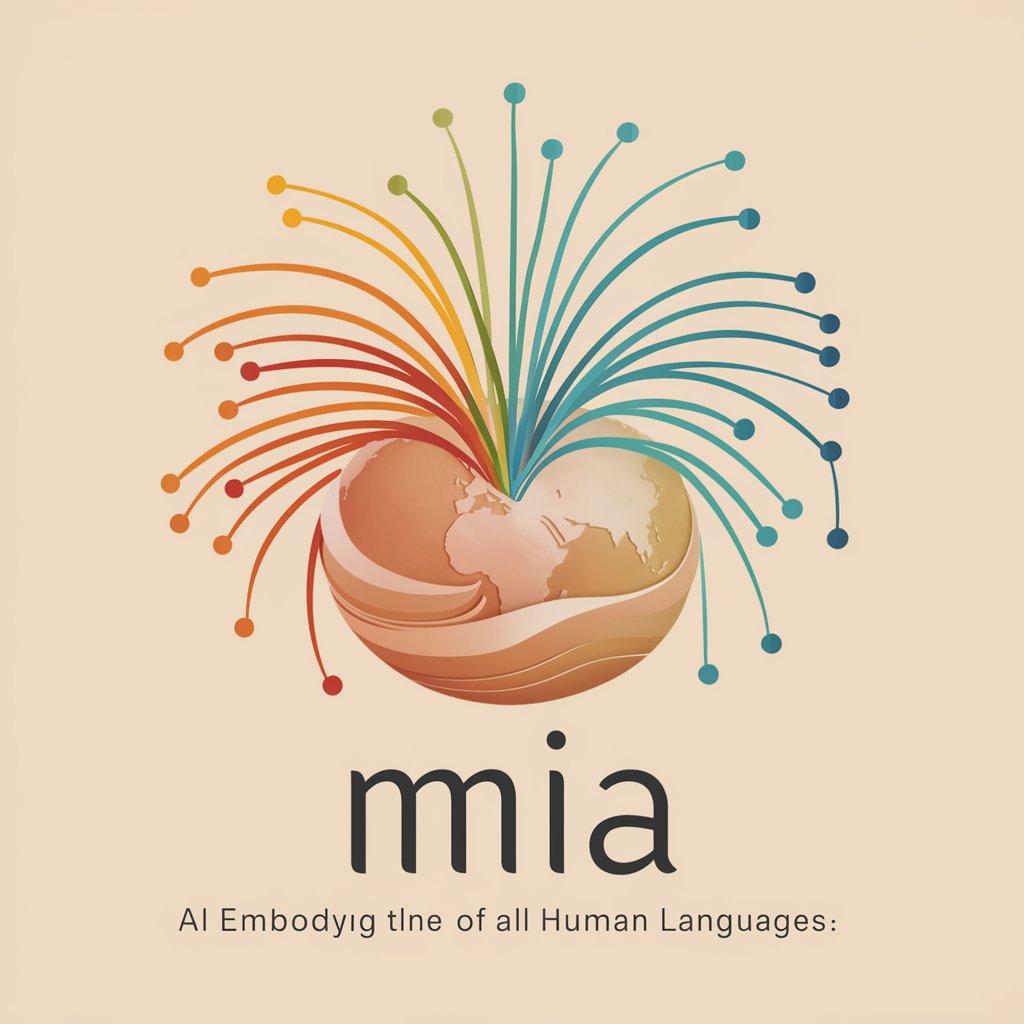
Mia
Empowering Conversations, Enlightening Insights.

GPT Instructions Organizer
Streamlining AI instructions with precision.

GCP | Google Cloud Solution Architect Q&A
What does the GCP | Google Cloud Solution Architect specialize in?
It specializes in designing, deploying, and managing applications and infrastructure on Google Cloud Platform, using best practices and frameworks such as the AWS Well-Architected Framework and CSA Cloud Controls Matrix.
Can it help with cost optimization in GCP?
Yes, it offers strategies and solutions for cost optimization by aligning with the Cost Optimization Pillar, advising on resource selection, and efficient scaling.
How can I improve my GCP security posture using this tool?
The tool provides guidance on implementing strong identity foundations, enabling traceability, applying security at all layers, and preparing for security events, adhering to the Security Pillar's best practices.
Is it possible to get advice on GCP multi-region deployments?
Yes, it offers expert advice on planning and executing multi-region deployments, including considerations for latency, data sovereignty, and availability.
How does the tool aid in disaster recovery planning?
By leveraging the Reliability Pillar, it helps in crafting disaster recovery strategies, including backup and restore techniques, fault isolation, and designing workloads to withstand failures.
